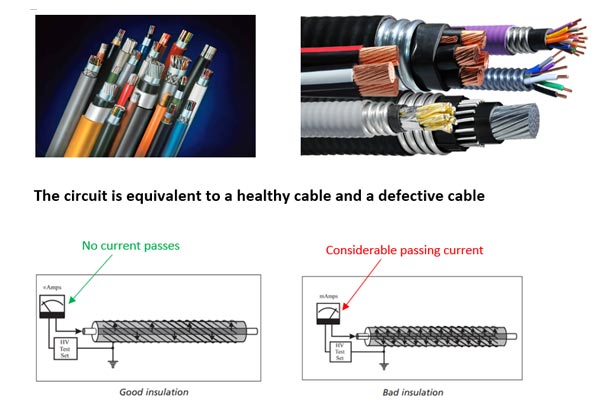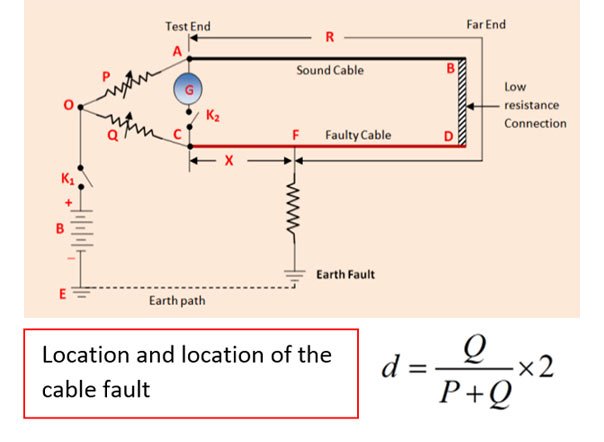Cable testing methods
Cable:
We use cables to distribute electrical energy in networks and power systems or to communicate between consumers and…
Cable building:
– Conductor (copper, aluminum, etc.)
The selection of the cross section of the cable is calculated according to the passing current and the length of the cable.
Shape of cable conductors (circular, sector)
– Cable insulation
The selection of the cable type is done according to the application of the working voltage.
The main reasons for cable failure
– Old age and weariness
Corrosion of sheath and insulation
Presence of moisture and water in the insulation
- Excessive heat
- Excessive overcurrent
- Passage of the lightning wave of intense transient voltages
- Damage during drilling and repairs
Types of fault and damage in the cable
- Earth fault
- Short circuit between conductors
- Cutting the conductors
- Reduction of insulation resistance
In order to detect the said errors, we must use a insulation resistance tester.
Techniques used to determine the cable fault location
1-Murray and Varley loop test
After connecting the keys K1, K2, change the variable resistances P, Q until the bridge reaches the equilibrium state (the galvanometer G shows zero value), then we will have:
After connecting the keys K1, K2, change the variable resistances P, Q until the bridge reaches the equilibrium state (the galvanometer G shows zero value), then we will have:
2-Cable Thumping current test
In this method, a wave generator produces a shock wave and after it is transferred into the cable, electrical energy is discharged and causes a spark or arc.
3-Intelligent Bridge Testing
High Precision Cable Fault Locator TDR 8KM Meter Intelligent Electric Bridge Pulse Reflection Testing Fiber Cable Tester ST620
4- Testing through the cable locator device and determining the location of auditory and acoustic fault
Cable locator and acoustic fault detector Success ATG-127E
Megger digiPHONE+2 SHOCK WAVE RECEIVER
5-EARTH GRADIENT
6-Test with TDR device
In this method, low voltage with different frequencies is injected into the cable and by changing the impedance of the cable and the time of the sent wave or its reflection, the location of the fault or the length of the cable is determined. On the screen of this device, according to the type of fault or the type of connections The following waves will be displayed.
Displaying different waveforms on the TDR device according to the type of fault or connection.












